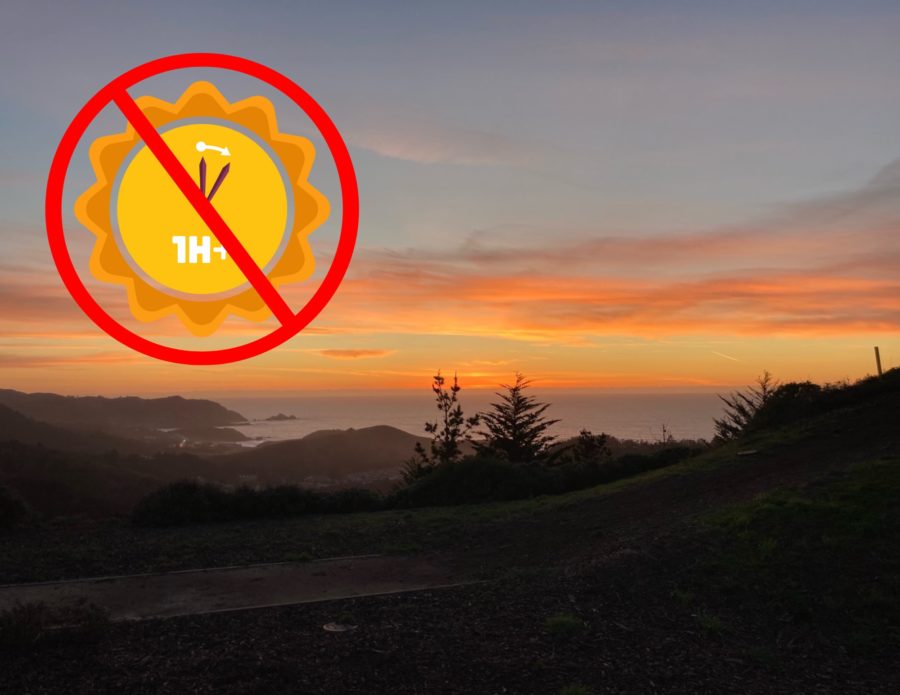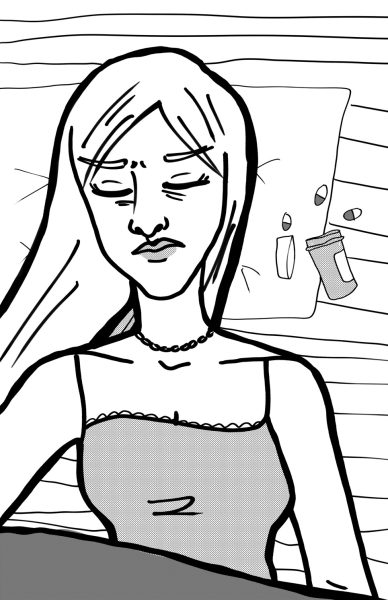The new standard: no more daylight savings
Days naturally getting longer after Daylight Savings Time is one of many reasons we no longer need DST
Daylight savings should be eliminated and standard time should be permanent.
It’s that time of the year when everyone across the United States set their clocks forward by one hour in order to preserve as much daylight for the next eight months. While this practice has been going on for decades, it is time to put an end to daylight savings time as it has more disadvantages than benefits.
The act of springing forward an hour leaves many people, especially students, at a disadvantage.
Many students come to school more exhausted than usual. Students aren’t as alert, leading to shorter attention spans during that initial transition time. After all, everyone did become deprived of an hour of beauty rest.
Additionally, daylight savings disrupts our natural, biological sleeping patterns known as our circadian rhythm.
According to the National Institutes of Health, the circadian rhythm is a natural process that regulates our 24 hour sleep-wake cycle and is synced with the sun. Our bodies respond to this process based on when we are exposed to light and dark.
While daylight savings increases productivity since the days are longer, many people tend to stay up and sleep later. The sun also rises a bit later than usual, which affects when we wake up in the morning. This throws off our biological clocks.
Although daylight savings stretches light exposure just a bit more, overall, staying in standard time wouldn’t make much of a difference because the days will naturally get longer as we get closer to summer solstice.
What if daylight savings is kept permanent instead of standard time?
During fall and winter, the sun will rise way later than usual. Students with morning classes around 8 a.m. will end up commuting practically in the dark and this can pose a safety risk.
Additionally, during winter solstice (the shortest day of the year), we would get an even less amount of daylight in that time if daylight savings continues year-round.
Daylight savings proves to have more health disadvantages. According to a 2012 study by the University of Alabama at Birmingham, it was found that within the following days of the time change, the risk of heart attacks increased by 10%.
Other research has shown that there is a spike in car accidents that happen during the week that daylight savings begins. People are more sleep-deprived resulting in shorter attention spans and slower reflexes.
On the other hand, standard time follows the circadian rhythm more closely than daylight savings.
In an article by the American Academy of Sleep Medicine (AASM), AASM President Jennifer Martin states that, “Standard time provides a better opportunity to get the right duration of high-quality, restful sleep on a regular basis, which improves our cognition, mood, cardiovascular health and overall well-being.”
Why waste our time losing an hour of sleep and changing our clocks twice every year, when we can save it by sticking to the standard (time).














